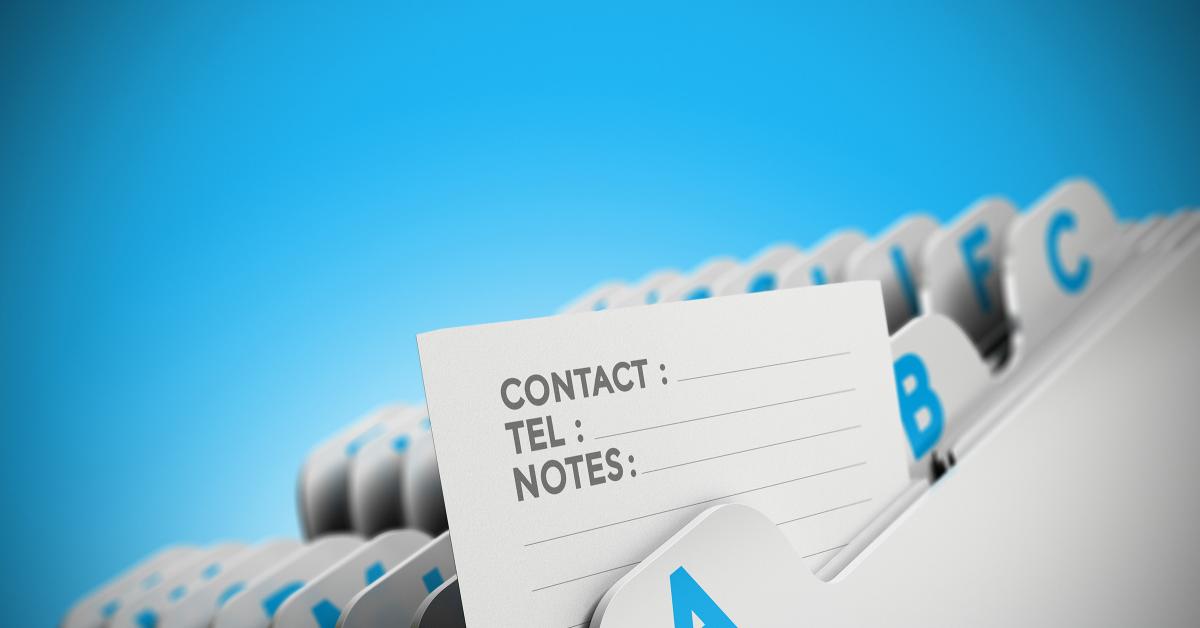CHICAGO — Dry cleaners who limit their customer base to individuals and families might be missing out on some of the most reliable, profitable clients they could have — commercial customers. By extending their reach to businesses who may need their services, cleaners can open an entirely new field of work coming through the door.
In Part 1 of this series, we made the case for building up a commercial client base, and today, we’ll look at how to find these potentially beneficial customers.
Start — and Work — Your List
Greg Colosi, owner of Dry Cleaner Profits, a marketing company located in Rochester, New York, believes there are several ways cleaners can make first contact with these businesses.
For cleaners who have some commercial clients just through happenstance, he advises calling on similar businesses in the area: “You’re somewhat familiar with their needs, so this is a good place to start.”
Having an email listing of customers is another good way to make inroads with commercial clients, Colosi says.
“Email your customer base and tell them what you’re doing, because I’m sure you have customers who either own their own businesses or work for a business that could use your services.”
When going after companies with which a cleaner has no prior relationship, there are also various options.
“Large dry cleaners can hire someone to go out and knock on doors,” Colosi says. “They can first start on the residential routes and stop in to all the businesses along the way.”
Smaller cleaners that can’t afford dedicated sales staff, however, shouldn’t count themselves out by any means, he says.
“If they can’t hire someone, and they are sales-call adverse, we’ve had a number of members successfully get customers with sales letters,” says Colosi. The most important thing when taking this path, he adds, is to find the right contact — to get in front of the person who actually makes the decisions.
“You can easily hire someone or get someone on your staff to take a target list of companies, make some calls and find out who that person is,” he says. “This person doesn’t need to be a salesperson because they’re not making the sales call; they’re only asking whoever answers the phone for the name of that decision maker. That’s who you should be sending the letter to. This works well with both small and large businesses.”
Colosi warns cleaners to temper their expectations when it comes to this type of marketing.
“If the letter is written correctly, you’re going to get one or two out of 100 people to call you,” he says, noting that cleaners can still build a strong client base from this kind of response — they just need to be serious about the effort and send letters out to many potential clients.
Whatever method a dry cleaner uses to drum up commercial work, Colosi says, they should be consistent about using it, and to not give up after the first try.
“Don’t be shy about these efforts,” he says. “You’re going to get a lot of no’s, and that’s just par for the course. All salespeople know that a ‘no’ very well could mean ‘not right now.’”
When building up his own list, Kent Wales, owner of Happy Laundry and Dry Cleaning, located in Spokane, Washington, found a combination of approaches useful.
“We got our names out to our distributors,” he says, “letting them know we were doing commercial work, and we did some business networking groups. We also have a great website, so we do target commercial keywords. We’ve done some direct mail to customers who we wanted to engage with, as well. We looked at the categories of businesses that we wanted and then really focused on them.”
Come back Thursday for the conclusion of this series, where we’ll look at first steps dry cleaners can take when building up the commercial element of their client base. For Part 1, click HERE.
Have a question or comment? E-mail our editor Dave Davis at [email protected].

